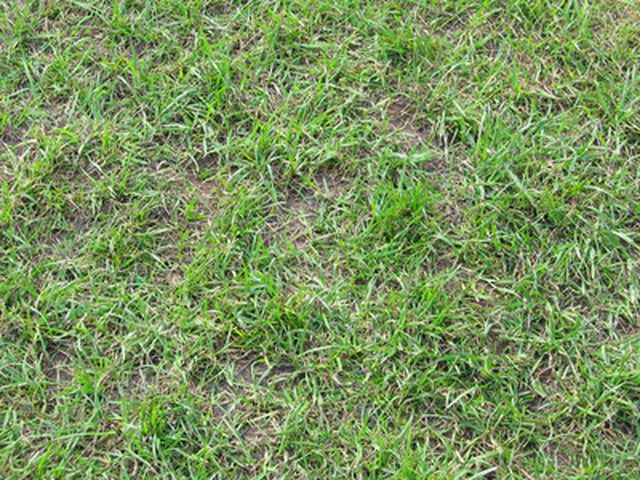Bulbs
Flower Basics
Flower Beds & Specialty Gardens
Flower Garden
Garden Furniture
Garden Gnomes
Garden Seeds
Garden Sheds
Garden Statues
Garden Tools & Supplies
Gardening Basics
Green & Organic
Groundcovers & Vines
Growing Annuals
Growing Basil
Growing Beans
Growing Berries
Growing Blueberries
Growing Cactus
Growing Corn
Growing Cotton
Growing Edibles
Growing Flowers
Growing Garlic
Growing Grapes
Growing Grass
Growing Herbs
Growing Jasmine
Growing Mint
Growing Mushrooms
Orchids
Growing Peanuts
Growing Perennials
Growing Plants
Growing Rosemary
Growing Roses
Growing Strawberries
Growing Sunflowers
Growing Thyme
Growing Tomatoes
Growing Tulips
Growing Vegetables
Herb Basics
Herb Garden
Indoor Growing
Landscaping Basics
Landscaping Patios
Landscaping Plants
Landscaping Shrubs
Landscaping Trees
Landscaping Walks & Pathways
Lawn Basics
Lawn Maintenance
Lawn Mowers
Lawn Ornaments
Lawn Planting
Lawn Tools
Outdoor Growing
Overall Landscape Planning
Pests, Weeds & Problems
Plant Basics
Rock Garden
Rose Garden
Shrubs
Soil
Specialty Gardens
Trees
Vegetable Garden
Yard Maintenance
Homemade Grub Repellent
Homemade Grub Repellent. If you notice yellow or brown spots in your lawn, don't automatically assume that you haven't been watering enough. Often, these brown spots are a result of grubs. Grubs are beetle larvae that live under your grass and eat the root system of your lawn. If the root system disappears, you get brown spots because the blades of...

If you notice yellow or brown spots in your lawn, don't automatically assume that you haven't been watering enough. Often, these brown spots are a result of grubs. Grubs are beetle larvae that live under your grass and eat the root system of your lawn. If the root system disappears, you get brown spots because the blades of grass have lost their nourishment. You can make a homemade grub repellent to discourage grubs from living in your lawn.
Things You'll Need
5-gallon bucket
Dish soap
Warm water
Baking soda
Oil soap (such as Murphy Oil Soap)
Vegetable oil
Vinegar
Spray bottle or mist sprayer
Clean the 5-gallon bucket with warm water and dish soap; thoroughly rinse it.
Fill the bucket with 4 gallons of warm water. The warmth of the water will help to dissolve all the other ingredients.
Add the following ingredients to the warm water: 6 tbsp. baking soda, 4 tbsp. oil soap, 4 tbsp. vegetable oil, and 4 tbsp. vinegar. Use a long-handled spoon to stir the mixture until the baking soda is dissolved and the other ingredients are thoroughly combined.
Fill a mist sprayer or a squirt bottle with the liquid. Spray your lawn with the mixture until the blades appear to be dripping. Concentrate your efforts on patches that are already brown or dull.
Use this homemade repellent on any other plants that might be susceptible to insects. It's safe for flowers, shrubs, trees and grass.